Players across the electric mobility value chain in India shared with pv magazine their expectations from the Union Budget 2022-23 that will be presented tomorrow by union finance and corporate affairs minister Nirmala Sitharaman.
The Indian government has set a target of 30% of new vehicle sales to be electric by 2030. Currently, EV sales remain dismal mainly due to the high upfront costs of EVs and lack of charging infrastructure.
Debi Prasad Dash, executive director, India Energy Storage Alliance (IESA), calls for lowering of goods and services tax (GST) on batteries to ensure EV affordability.
“Although the GST rate on EVs is reduced from 12% to 5%, GST for advanced batteries in EVs is still on higher side ranging between 18% to 28%. We request [the government] to bring down the GST on batteries under 5% bracket in order to ensure affordability and smooth transition towards EVs from ICEs,” Dash said.
Anmol Bohre, managing director and co-founder, Enigma Automobiles (an EV manufacturer), said, “The GST on lithium batteries is now levied at 18% when sold separately and 28% on lead-acid along with certain spare parts, while a vehicle sold with battery is levied at 5%; and because the Ministry of Road Transport and Highways has permitted the registration of EVs without batteries, cars without batteries should also come within the EV GST category. As a result, we encourage the government to cut it [GST on batteries] to 5%, equivalent to the GST on EVs.”
Bohre also expects the upcoming Union budget to restructure the use of FAME II funds “since just 5% of the Rs 10,000 crore allotted under FAME’s second phase was used from April 2019 to March 2021.”
Akshay Singhal, founder, Log9 Materials (an EV battery company), calls for extension of the FAME Subsidy corpus to EV retrofitment (ICE to EV conversion) kits. Additionally, he urges that more R&D incentives be given to energy storage and EV technology-related developments in India and that R&D investments into local technology developments be made 100% adjustable against corporate taxes.
Deepak MV, chief executive officer and co-founder, Etrio (EV maker), also expects to see B2B retrofitment brought under the ambit of FAME-II. At the consumers’ end, he expects the budget to address the critically-important area of making a wide and varied range of financing options available for EV commercial vehicle buyers. To this end, he suggests the Government should make the EV sector a priority lending sector for the financial institutions.
For commercial EVs, “the Government must also come up with additional sops or incentives for the nation’s fleet aggregators to switch entirely from IC engines to EVs as the increased adoption of EVs in the logistics and the last-mile delivery segment is the need of the hour to reduce Carbon emissions,” he added.
Inderveer Singh, founder and chief executive officer, EVage Ventures (an electric commercial vehicle manufacturer), lobbies for low-cost finance for commercial EVs.
“Commercial vehicles in India contribute close to 66% of the PML of on-road transportation pollution, and in addition, we have two million driver partners being exposed to these smoke emitting machines every day. This ultimately leads to a damaging health impact on the entire society. We are optimistic that our Finance Minister Nirmala Sitharaman will consider these concerning facts to help India transition towards a more sustainable method of the goods delivery.”
“We are hopeful EVs get faster access to loans in the priority-sector lending scheme, and banks are mandated to give loans for EVs at 30% lower rates than their ICE counterparts. Further, the GST of 18% on charging EVs needs to be reduced preferably to the 5% level.”
Singh also advocates for a government-mandated standard, defining the residual value for EVs. “This, ideally, should be higher than ICE vehicles and directly proportionate to the battery life remaining, as it accounts for close to 50% cost of the EV. The absence of this standard is one of the biggest hindrances in acquiring affordable financing to fleet operators and commercial EV manufacturers,” he said.
Battery manufacturing
As per Indian government estimates, India imports INR 20,000 crore (around US$2,694 million) worth of battery storage equipment every year. If, through production-linked incentives scheme, advanced-chemistry battery cells can be manufactured domestically, India can significantly reduce its reliance on imports and become a key supplier for advanced storage technologies for driving the growth of green energy and clean transportation around the globe.
The PLI scheme for advance-chemistry battery cell manufacturing received an encouraging response with bids received for 2.6 times the 50 GWh manufacturing capacity to be awarded.
IESA’s Debi Prasad Dash recommends enhancing the ACC manufacturing capacity under the PLI scheme to 75 GWh, as well as increasing the Scheme’s financial layout. This, he said, will help achieve the Prime Minister’s vision and utilize the interest from investors. He also urged for increasing the capacity and financial outlay for niche ACC manufacturing planned under PLI to support new and advanced battery technologies.
Among other budget expectations are infrastructure status to energy storage projects (covering both manufacturing and deployment) and support to intermediate material manufacturers.
“We strongly recommend the Ministry to consider looking into export promotion investments. The government is requested to consider either capital investment subsidy or a separate PLI scheme for intermediate material manufacturing,” Dash added.
EV charging
Maxson Lewis, managing director and CEO, EV solutions provider Magenta, expects the budget to address the critical issue of EV charging through electricity supply under open access, as well as the associated taxation and wheeling costs. This will necessitate a rethinking of the CERC and Open Access through the perspective of the permitted activity, he said.
To reduce working capital constraints in the EV charger manufacturing business, Lewis said, the government could offer end-use-based advantages to the EV industry, such as cutting GST rates on raw materials and permitting duty-free imports, refunds for research and development, as well as capital spending on EV chargers.
This content is protected by copyright and may not be reused. If you want to cooperate with us and would like to reuse some of our content, please contact: editors@pv-magazine.com.
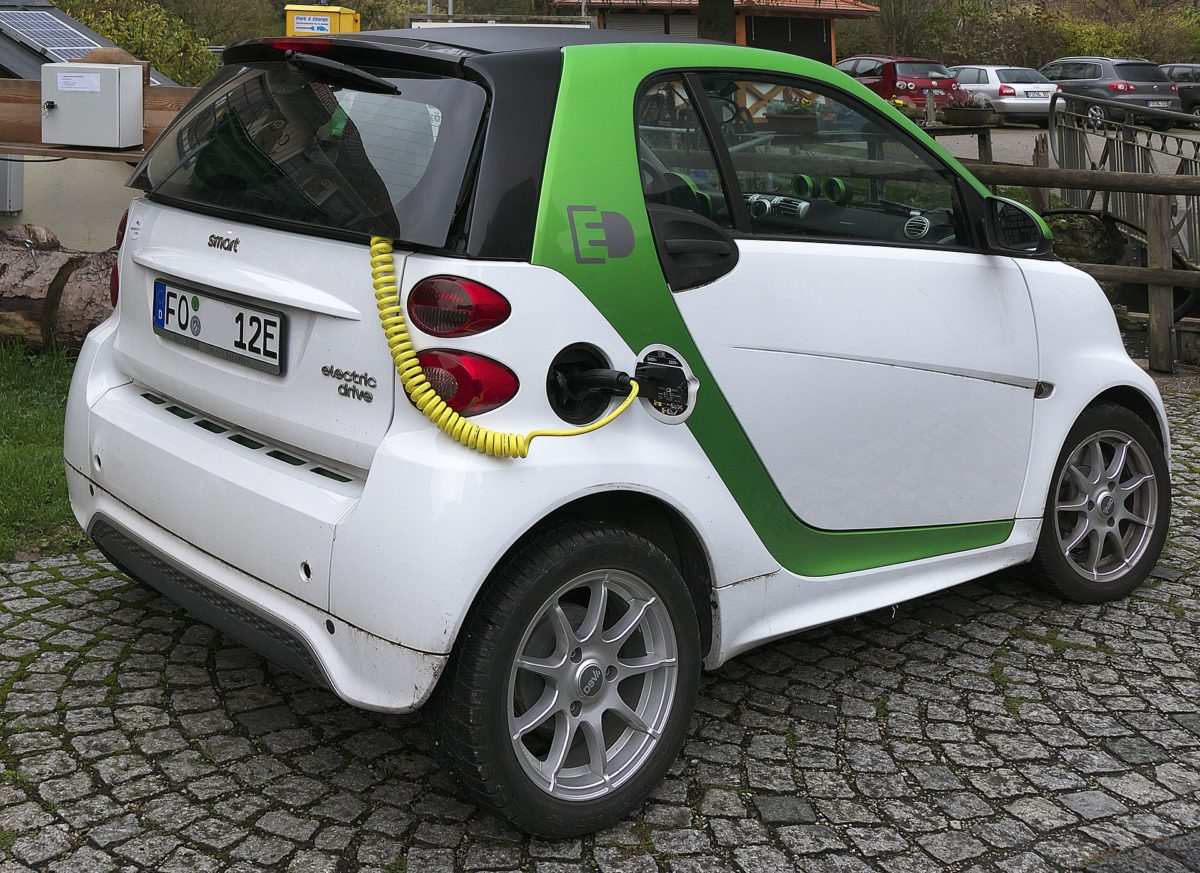
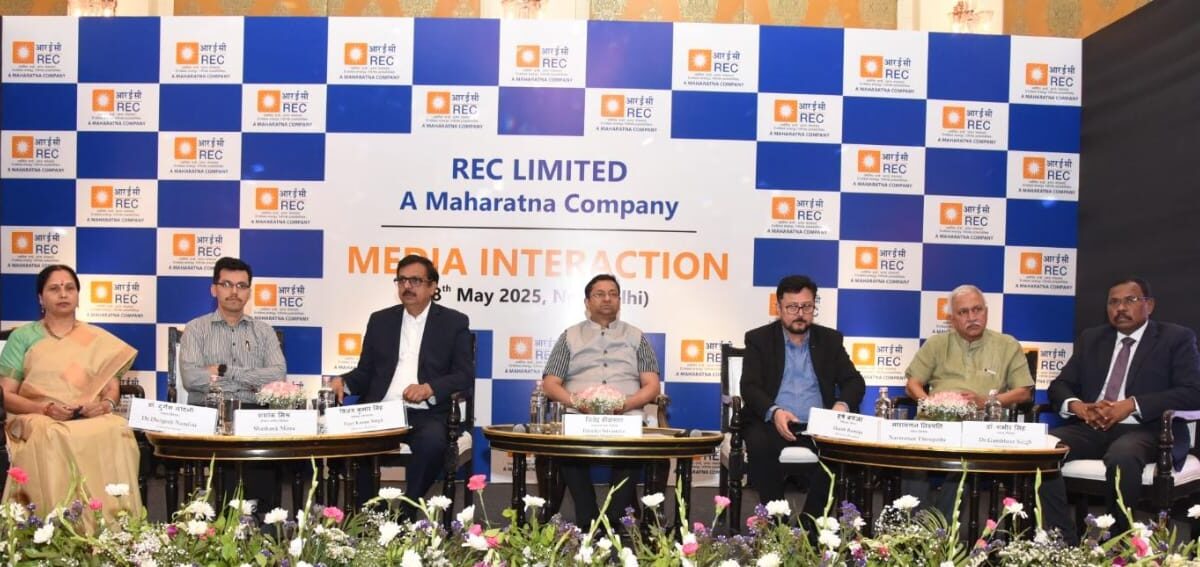



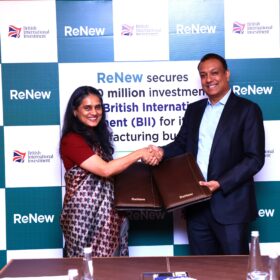
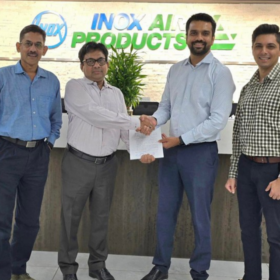
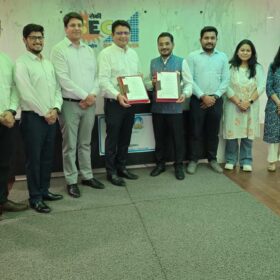
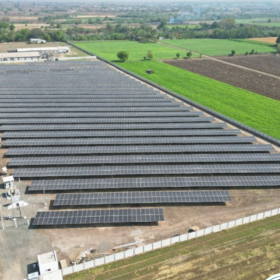
By submitting this form you agree to pv magazine using your data for the purposes of publishing your comment.
Your personal data will only be disclosed or otherwise transmitted to third parties for the purposes of spam filtering or if this is necessary for technical maintenance of the website. Any other transfer to third parties will not take place unless this is justified on the basis of applicable data protection regulations or if pv magazine is legally obliged to do so.
You may revoke this consent at any time with effect for the future, in which case your personal data will be deleted immediately. Otherwise, your data will be deleted if pv magazine has processed your request or the purpose of data storage is fulfilled.
Further information on data privacy can be found in our Data Protection Policy.